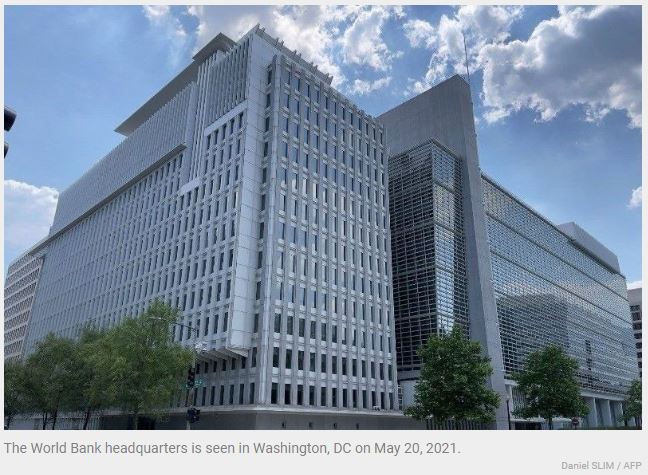World Bank raises Philippine GDP projection to 7.2%
MANILA, Philippines — The World Bank raised its gross domestic product (GDP) growth forecast for the Philippines this year after a stronger-than-expected performance in the third quarter, but cautioned that growth would slow next year, citing unfavorable developments in the global environment that could affect the domestic economy.
In its Philippines Economic Update report, the World Bank said it revised its growth projection for the Philippines to 7.2 percent for this year, up from the 6.5 percent outlook provided last September.
“We have revised our projection for 2022 growth in the Philippines upwards in light of stronger and unexpected Q3 (third quarter) performance,” World Bank senior economist Ralph van Doorn said in a briefing yesterday.
The Philippine economy posted a 7.6 percent GDP growth in the third quarter, beating analyst expectations of slower growth with rising inflation and interest rates anticipated to have dampened demand.
The third quarter GDP result brought the average for the January to September period to 7.7 percent.
The World Bank’s revised GDP projection for this year is within the government’s 6.5 to 7.5 percent growth target.
With the unfavorable external environment expected to affect the Philippine growth momentum in the fourth quarter and into next year, the World Bank economist said the economy is projected to grow more slowly at an average 5.7 percent between 2023 and 2025.
For next year, he said the country’s economic growth is projected at 5.4 percent. This is lower than the government’s revised six to seven percent growth target for next year.
“This is depending on fading of pent-up demand, elevated inflation and the higher interest rate environment, which will temper domestic demand,” Van Doorn said.
He said inflation is expected to continue to rise in the Philippines and peak next year.
With inflation expected to remain elevated, he said the World Bank also anticipates more rate hikes.
He said higher rates would lead to lower private credit and subdued investment at a time when private investment growth is seen to slow in line with fiscal consolidation.
“We also expect there will be slower external demand from advanced economies, which are the key buyers of the Philippines’ goods exports,” he said.
Given these developments, Ndiame Diop, World Bank country director for Brunei, Malaysia, the Philippines and Thailand, said it is necessary to sustain the country’s investments in health and education to reduce vulnerabilities from the scarring impact of the pandemic, especially to the poor and vulnerable groups.
“Shocks from the COVID-19 pandemic have worsened child malnutrition and stunting, and hampered student learning especially among the poor and most vulnerable families,” he said.
Without action to mitigate these shocks, he said these could have persistent impacts on people’s well-being and damage their future productivity, earnings, and capacities for innovation.
“For this reason, sustained investments in agriculture, nutrition and education are imperative despite pressure for fiscal consolidation,” he said.
Over the medium term, the World Bank said the country would need to address the weaknesses in the agriculture sector to strengthen food security.
While the agriculture sector makes up less than 10 percent of the country’s GDP and its contribution to growth in the past five years has been minimal, it employs over 22 percent of the workforce and influences trends in inflation.
As such, the World Bank said increasing the sector’s productivity is important.
The World Bank said efficient use of public funds would help address structural constraints including value chain weaknesses and poor business climate in the agri-food system.
Source: https://www.philstar.com/business/2022/12/07/2229020/world-bank-raises-philippine-gdp-projection-72


 Thailand
Thailand




